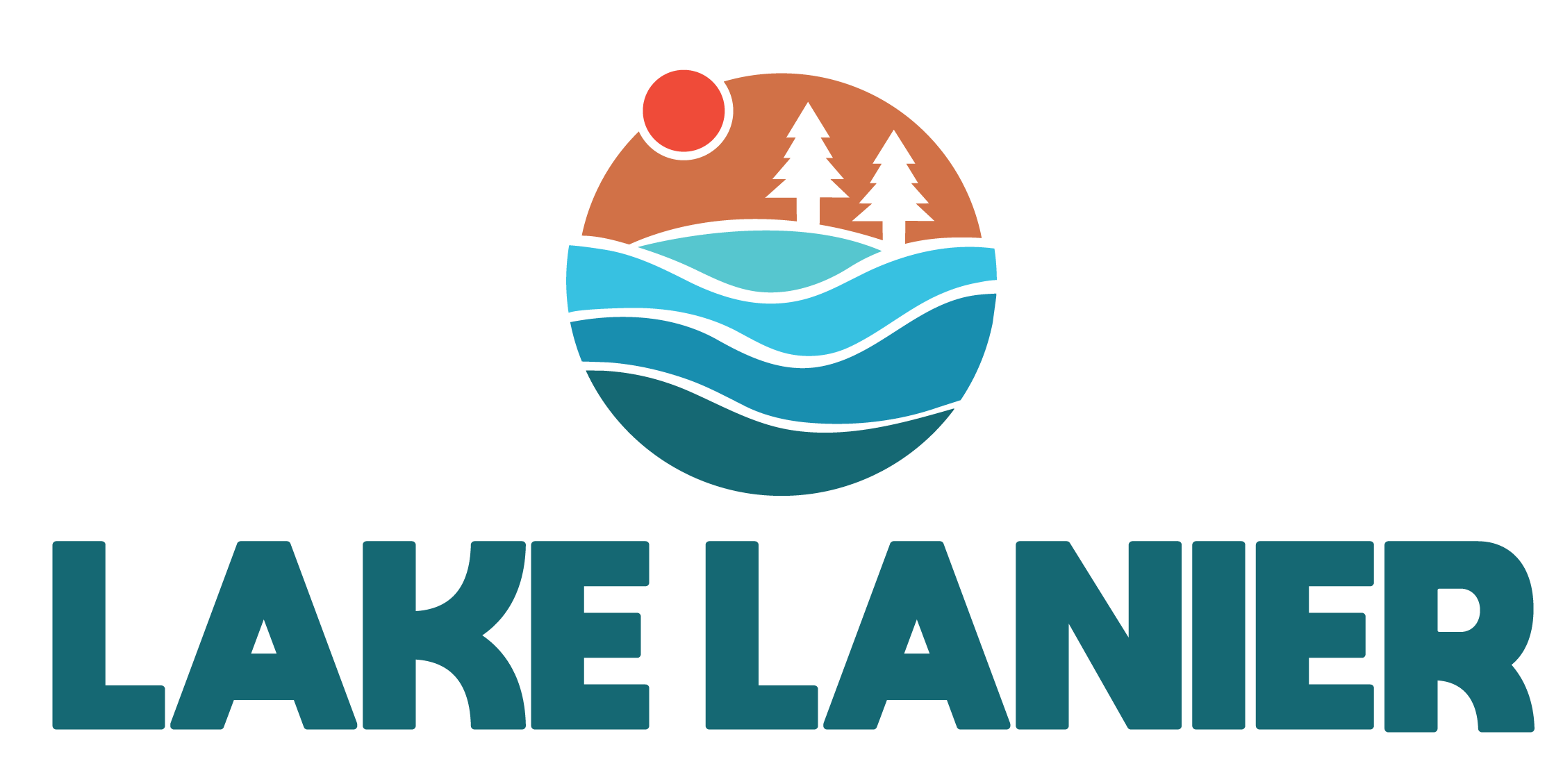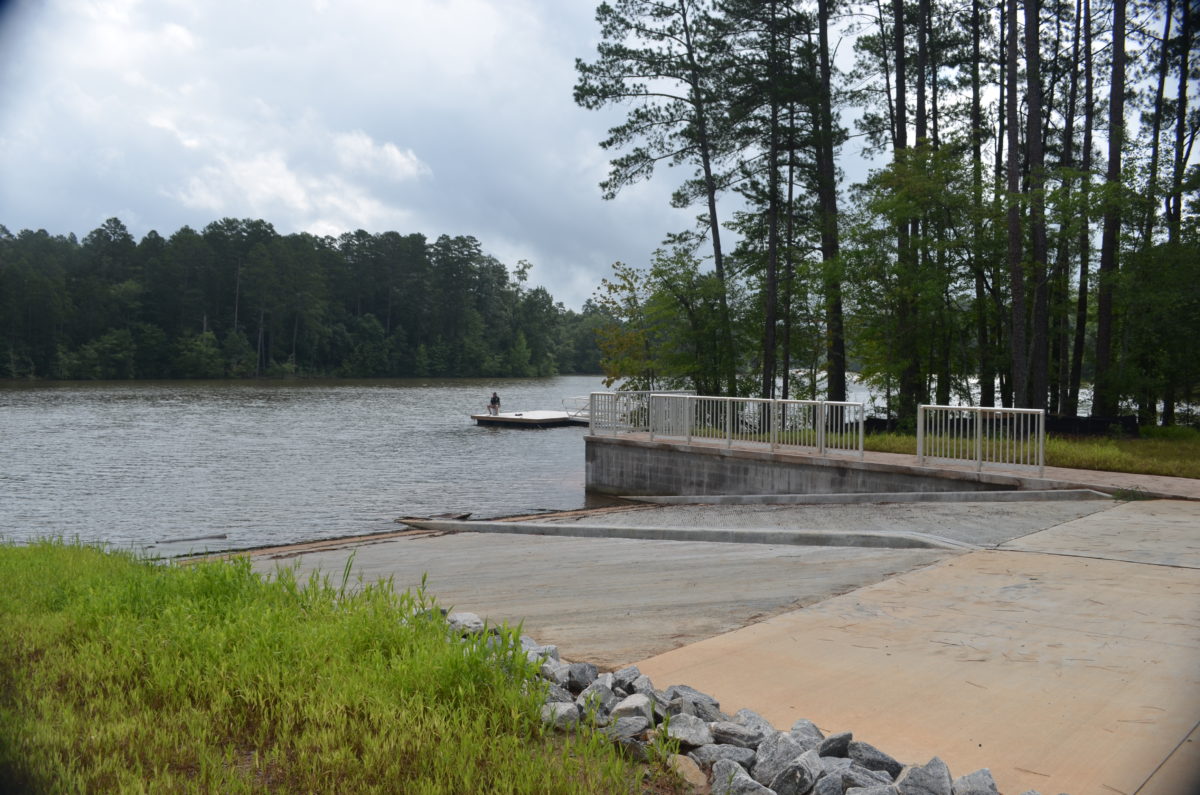
Canada is a pretty laid-back country. It’s always cold and there really isn’t much to do there. That’s probably why cranky Canada geese fly to Lake Lanier to live — and cause trouble, eh?
Like unmotivated, unemployed family members, the Canada goose is adaptable and can live on a couch in your basement or in a variety of locations, including open farmland, rural reservoirs, suburban ponds, office complexes and parks.
To no one’s surprise, the Georgia Department of Natural Resources’ Wildlife Resources Division says any increase in the goose population typically brings an increase in nuisance complaints.
“Geese that have adapted to people … can become aggressive,” says Greg Balkcom, State Waterfowl Biologist for the Wildlife Resources Division. “The geese will defend their nest against all intruders, and that includes chasing or charging people.”
You might think that you can take a shotgun and blast these obnoxious critters back to Saskatoon, where they belong, but that is against the law. Read this and weep — or slip on their droppings.
[Geese] are a protected species under state and federal law. It is illegal to hunt, kill, sell, purchase or possess Canada geese except according to Georgia’s migratory bird regulations or other federal permits.
Unless you would like to install a goose-poop-powered slip ‘n slide on your lakeside property, follow these preventive methods before they nest on your property:
- Harassment: Landowners who don’t want geese on their property should first try a variety of harassment techniques, including chemical repellents, mylar balloons, wire/string barriers, and noise makers. These methods … are not always 100% effective. Act before geese select their nesting sites to reduce problems in the future.
- Reduce Goose Reproduction: The U.S. Fish and Wildlife Service issued regulations that allow for additional control measures, apart from harassment techniques and traditional hunting, to help address nuisance goose problems. One of those regulations is a permit for reducing goose reproduction through nest and egg destruction OR egg addling or oiling which prevent the eggs from hatching.
“A permit is easy to attain, and can be useful in certain situations – such as a homeowner that may have geese nesting close to home” says Balkcom. “Additionally, it is a way to keep a minimum number of adult geese on the property without the population growing too large through years of unchecked reproduction.”
The permits are available at the U.S. Fish and Wildlife Service’s website at https://epermits.fws.gov/eRCGR/geSI.aspx . The website also contains useful information on the methods for addling or oiling the eggs or destroying the nests and when each method may be appropriate.
For more information, visit the U. S. Fish and Wildlife Service website at https://epermits.fws.gov/eRCGR/geSI.aspx. For a brochure on a variety of methods of dealing with nuisance geese, click here.



